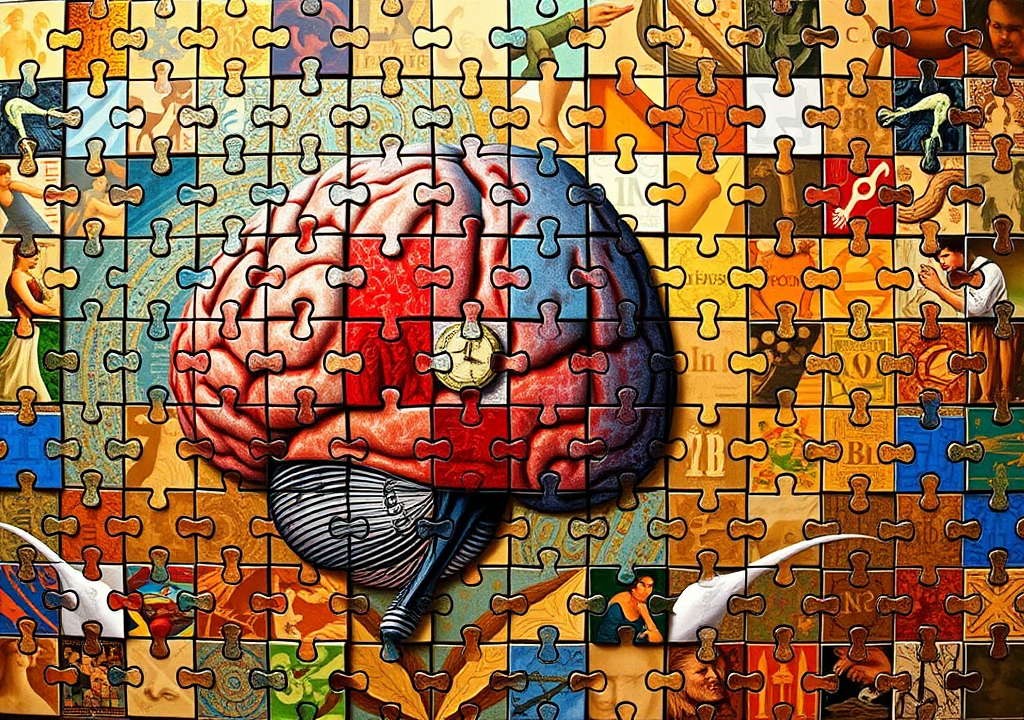
Autism Spectrum Disorder (ASD – Asperger’s) involves difficulties relating to and communicating with others, in addition to strongly repetitive behavior and unusually narrow interests. It is five times more common among males than females. The reason for such a large proportion of males is still unclear but several theories have been proposed.
Diagnostic Difficulties
Generally speaking, girls tend to act in more socially appropriate ways than boys, they are better at masking their difficulties in order to fit in with their peers, are more empathetic, have better verbal skills and are less disruptive. They may have the same difficulty as boys interacting socially but are more able to mask this by pretending to be socially competent.
Because they don’t show obvious signs of Autism Spectrum Disorder (ASD) as readily as boys, girls are not referred for a diagnosis of Autism Spectrum Disorder as often.
Additionally, males are more likely to engage in behavior that brings them to the attention of school authorities. Since some of these behaviors are similar to the characteristics of ASD, it’s possible that many boys with behavioral problems are mistakenly diagnosed with ASD by inexperienced practitioners.
Genetic Causes
Many people believe that genetic factors play a role in the development of Autism Spectrum Disorder. While no specific gene has been found that directly causes this condition, genetics may indirectly be involved in the higher male prevalence.
Girls inherit X chromosomes from both parents while boys inherit an X chromosome from only one, their mother. Skuse (2000) suggests that the X chromosome which girls inherit from their father contains an imprinted gene that protects against autism and, by extension, Autism. The actions of this imprinted gene, however, do not work in all cases, explaining why Autism is still seen in girls, although at a much lower rate than boys.
This theory has some backing from studies that have found a greater proportion of male children in families where the father has autism.
Nevertheless, the theory of transmission from father to son of classical autism and of Autism Spectrum Disorder has not been conclusively upheld and more research is needed to investigate if, and how, this relationship works.
The “Extreme Male Brain” Hypothesis
It has been proposed that the greater incidence of males with Asperger’s can be understood as an extreme expression of the male brain, such that males need only slight changes to exhibit Asperger’s while females require more, thus making Asperger’s rarer in females (Cohen, et al. 2011).
As is well documented, females on average have a stronger tendency to empathize (to identify another person’s thoughts and feelings and to respond to these appropriately). Males, on the other hand, have a stronger tendency to systemize, which is the drive to analyze or construct systems. What is characteristic of thinking in terms of systems is the attempt to identify the rules that govern the system in order to predict how that system will behave.
Indeed, studies show that typical females score higher than males on tests of empathy, and both score higher than males with Autism. On tests of systematizing, individuals with ASD score higher than typical males who also score higher than typical females.
Simply put, people with Autism are more likely to think in ways that are representative of men in general and less likely to think in ways that are typical of females.
What Might Cause an “Extreme Male Brain?”
This question is still being debated and I will address it in more detail in a subsequent blog, “Is Asperger’s Just Extreme Maleness?” For now, l will say that three explanations have been proposed:
- The Fetal Testosterone Theory
- The X Chromosome Theory
- The Y Chromosome Theory
Given that there is at least these three explanations for the so-call “extreme male brain” you might suspect the matter has not been conclusively decided. And you would be right.
As is the case with Autism Spectrum Disorder, there is more to be understood than we currently know.




